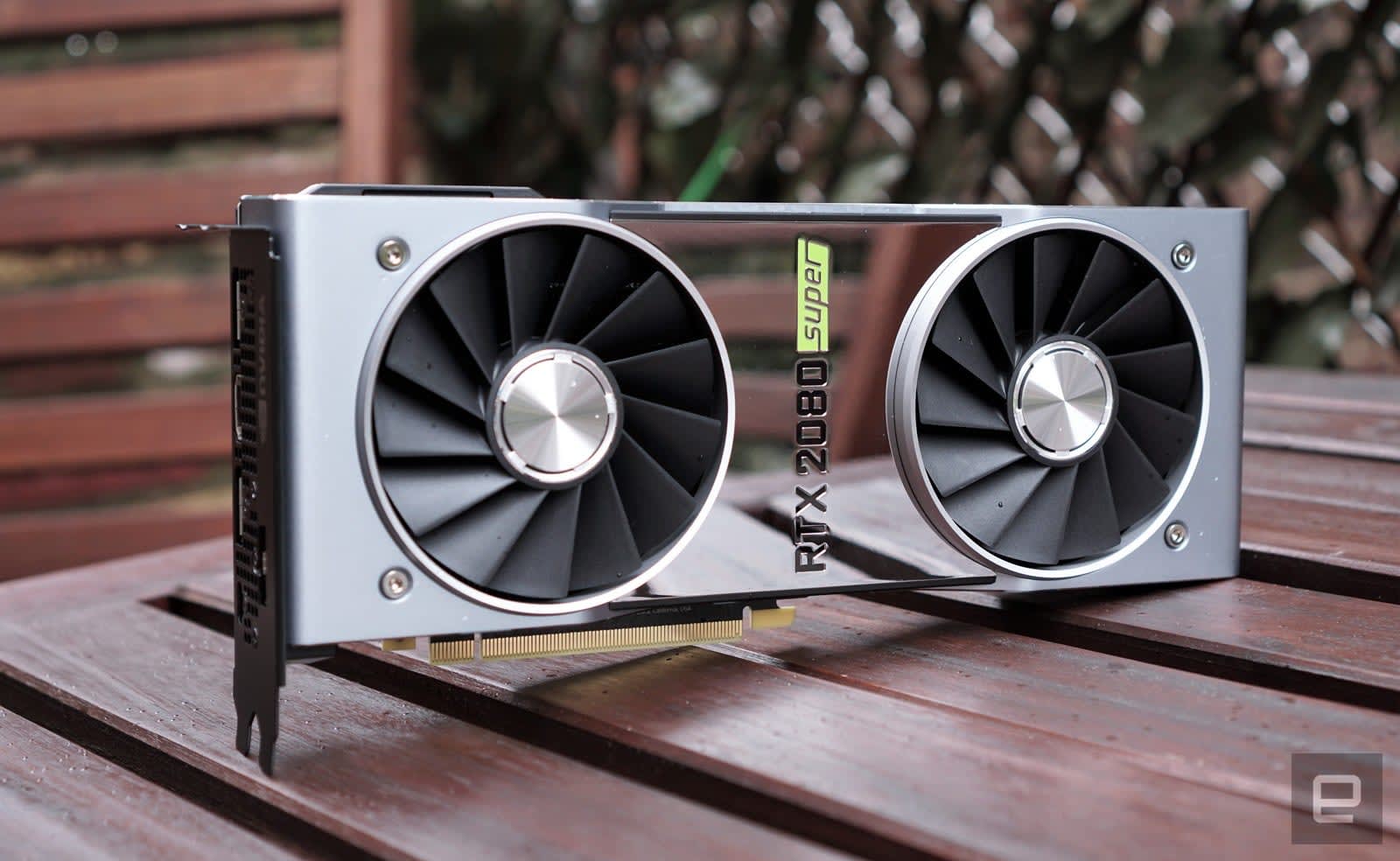lol yes i'm a computer scientist. I'll revise my hyperbole of "it means nothing" to "no developer cares about TFLOPS". Teraflops is totally a measure of performance, and if you're an academic writing a paper than I'm happy to read your tables that mention it. But it's purely theoretical. Machine learning is pure FLOPS so it's a bit applicable there.Are you a computer scientist? Doesn't read like it.
Teraflops is definitely a measure of computing power (with caveats). What it definitely isn't is a measure of graphics performance. So it definitely means something, but one just has to understand its value is only in very specific contexts.
It's not a measure of GPU performance though. A GPU is much, much more than FLOPS and using it to measure the GPU's performance is marketing smoke and mirrors. It's being equated to a "horsepower" number and it's just not that. The way it's used in these articles means nothing.
Last edited:



